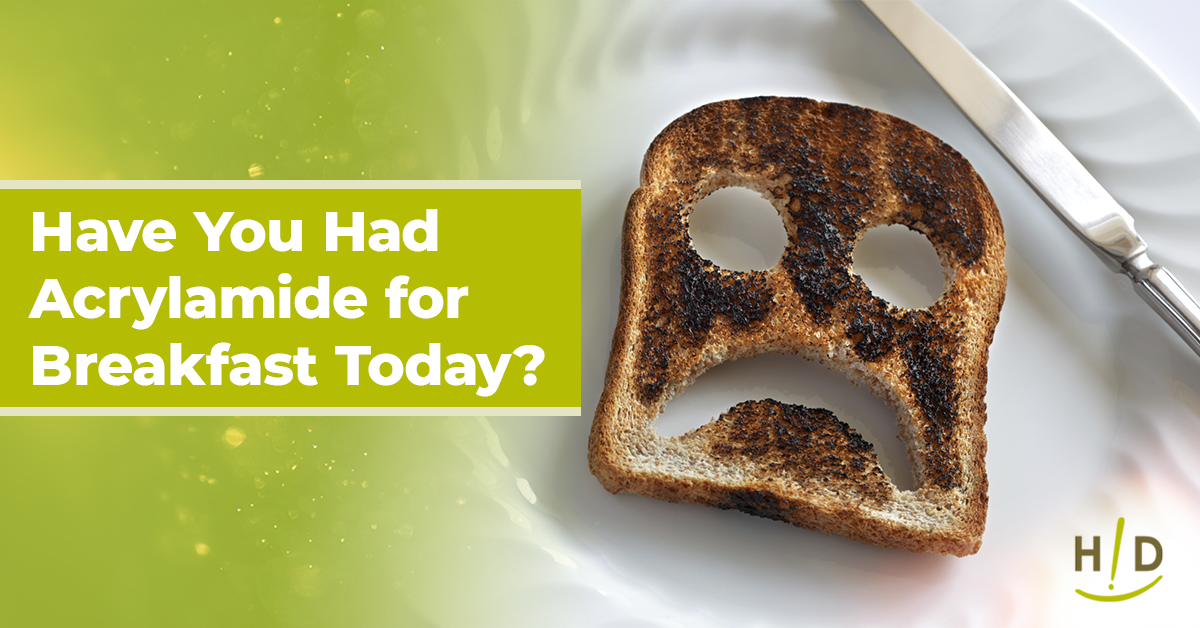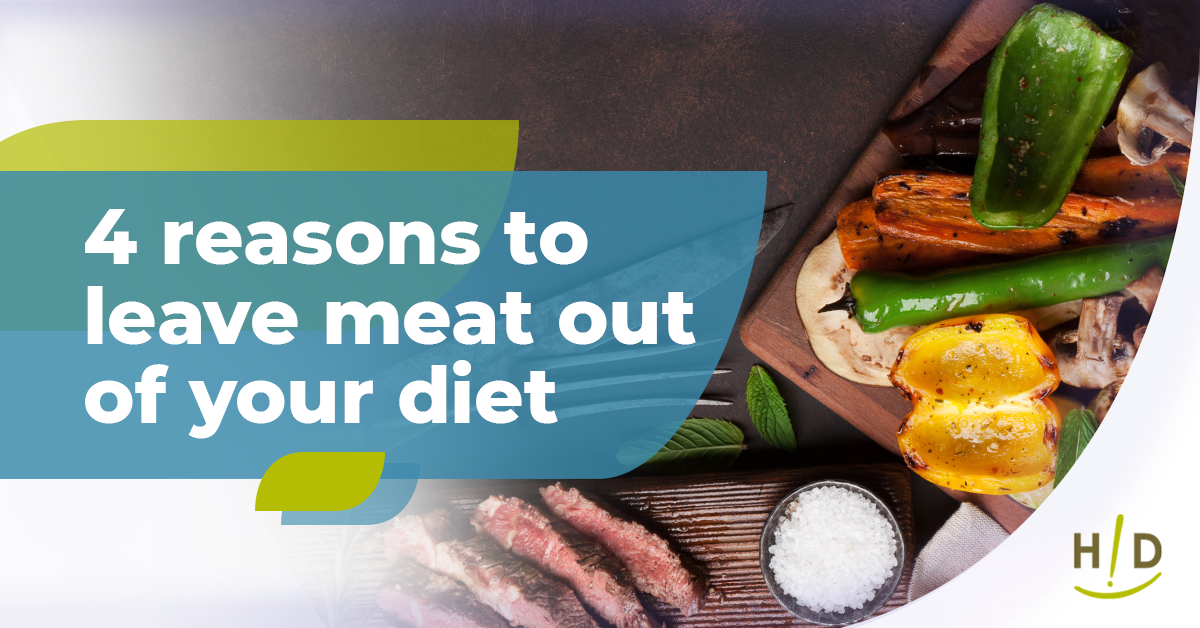It’s possible that you’ve been consuming a dangerous chemical every day and haven’t even realized it. Hidden in many of our everyday foods, there is a chemical called acrylamide that occurs when certain foods are toasted, like bread or potatoes. The National Cancer Institute has reported that acrylamide has been found to be linked to cancer risk. (1) What exactly is acrylamide, on what kinds of foods can you find it, what are the known risks, and what can be done about it? We’ll break this topic down step by step and analyze the potential risk this could have on you.
What is Acrylamide?
The chemicals polyacrylamide and acrylamide copolymers are what compose the chemical acrylamide.
Many industrial operations, including the creation of paper, dyes, and plastics as well as the treatment of drinking water and wastewater, including sewage, require polyacrylamide and acrylamide copolymers. Consumer goods like caulking, food packaging, and several different kinds of adhesive are also made from those two chemicals. Their product, acrylamide, can be created from tobacco smoke or when amino acid asparagine-containing plants, like potatoes, are paired with certain sugars and cooked at high temperatures. Frying, roasting, and baking carbohydrate-rich food can all result in the creation of acrylamide.
Where Can Acrylamide Be Found?
Compared to food, cigarette smoke exposes people to acrylamide at significantly higher levels. That said, exposure from all other sources is much lower compared to exposure through eating or smoking. Acrylamide is found primarily in coffee, crackers, bread, cookies, French fries, potato chips, cereals, canned black olives, and prune juice. The amount of acrylamide in food varies greatly depending on the producer, the amount of time it is cooked for, and the technique and temperature used. Various methods have been demonstrated to reduce the amount of acrylamide in some meals. Research findings include post-drying (drying in a hot air oven after frying) and blanching before frying to prevent heavy crisping or browning. While tobacco smoke is the largest common cause of acrylamide exposure, the amount one consumes eating some foods is still significant. As of recent times, scientists are still researching sources of acrylamide exposure.
Risks of Acrylamide
Based on research where laboratory animals were administered acrylamide in drinking water, the National Toxicology Program's Report on Carcinogens believes that it is reasonably predicted that acrylamide will be classified as a harmful carcinogen. (2) Should it be classified as a carcinogen, it would mean that it could pose a serious health risk to millions of people. As of now, research is still being done to conclude what cancers acrylamide could cause or be linked to.
How to Reduce Acrylamide Intake
While research currently is still inconclusive, it never hurts to take extra precautions and time to ensure your cooked food is safe. As a rule of thumb, acrylamide levels only rise the longer and hotter a food is being cooked. This means that the food preparation period is when critical action should be taken to reduce acrylamide. Consider the following methods of reducing your exposure to this chemical:
• Avoid or limit smoking activity or secondhand smoke. Tobacco smoke is one of the most common emitters of acrylamide.
• Reduce your intake of coffee, cooked grain products, and potato products. Acrylamide in prepared foods is often found in these items and categories.
• Cook your potatoes and bread at a lower temperature and try not to burn them. Lower temperatures equate to lower levels of the chemical.
• Before cooking sliced potatoes, soak them in water for around half an hour to limit acrylamide formation. Be careful not to store potatoes in the fridge, as these methods have also been linked to acrylamide formation.
• Limit how often or how long it takes to fry, roast, or cook foods. It should be noted that steaming and boiling foods cannot produce acrylamide.
In conclusion, while there is still more research to be done, signs are starting to point out that acrylamide is potentially carcinogenic to humans. While the FDA has issued recommendations to reduce acrylamide, their current regulations are weak. They only limit the materials with acrylamide that encounter foods and drinking water but not the foods themselves. One should always be aware of certain chemicals in their food and the potential risk they bear.
1. https://www.cancer.gov/about-cancer/causes-prevention/risk/diet/acrylamide-fact-sheet
2. https://ntp.niehs.nih.gov/ntp/roc/content/profiles/acrylamide.pdf








